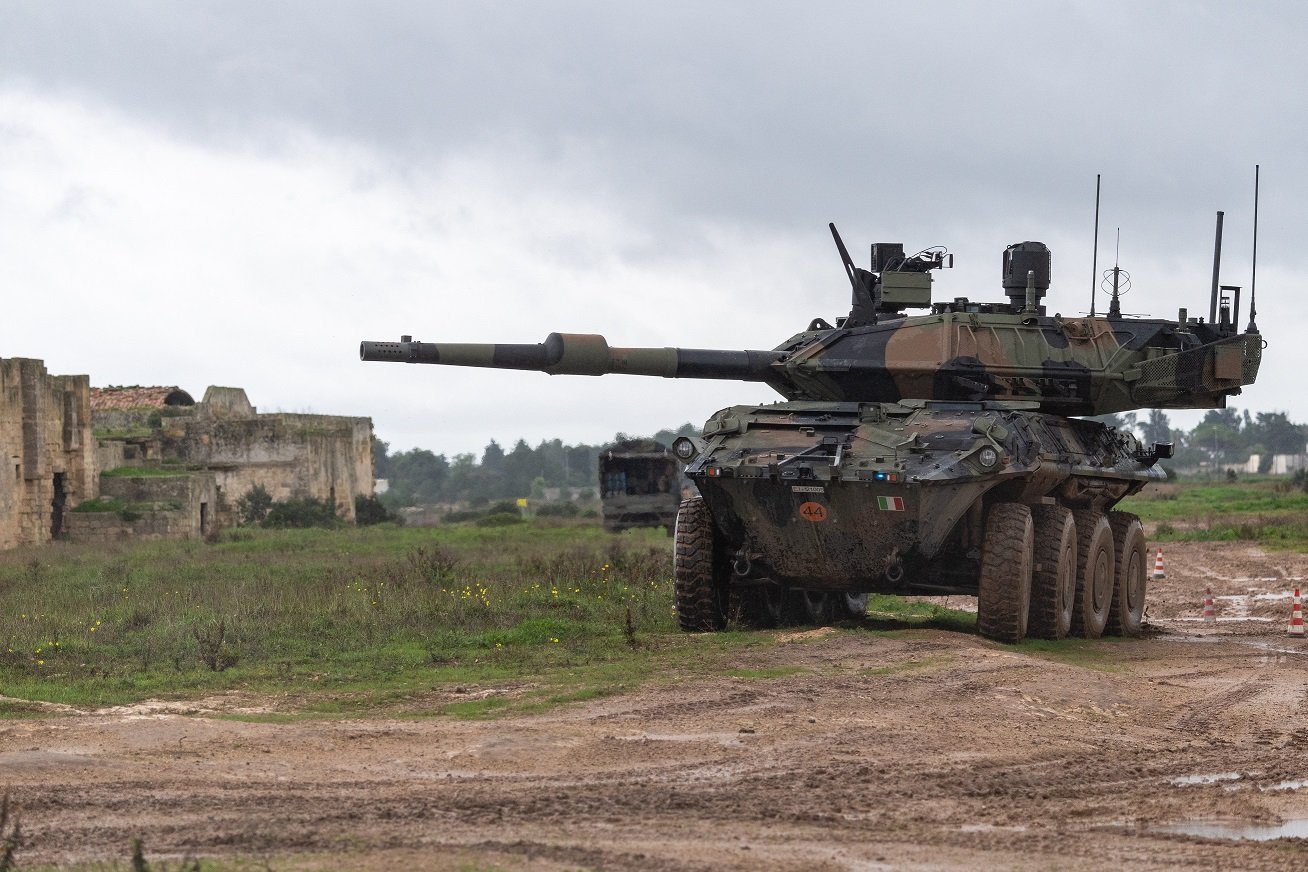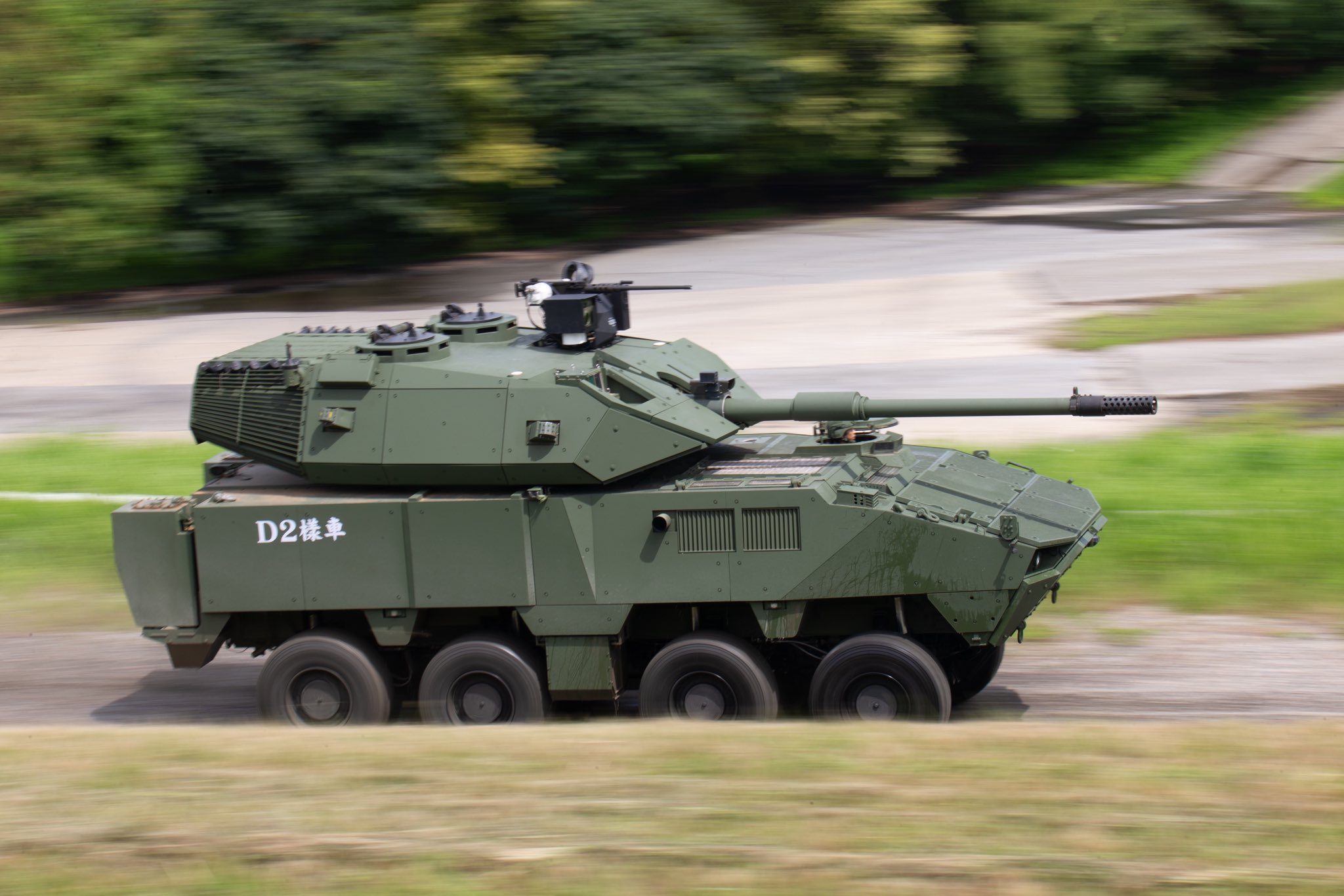KevinB
Army.ca Relic
- Reaction score
- 29,313
- Points
- 1,260
Yeah I’m still not 100% on what the LAV really is  If it was conducting stuff in conjunction with the tanks and had an ATGM integral to the turret, I’d probably beat a drum for separating the trade. When it’s planned more as a battlefield taxi with fire support, I can see the logic in a small army to keeping it in a one Infantry trade bubble.
If it was conducting stuff in conjunction with the tanks and had an ATGM integral to the turret, I’d probably beat a drum for separating the trade. When it’s planned more as a battlefield taxi with fire support, I can see the logic in a small army to keeping it in a one Infantry trade bubble.
That said, I do feel strongly that at least 3 BN of the CA should have a Heavy Tracked IFV to conduct ops in a combined Tank team setting, which would make sense to then split the trade.
I know a poor guy who went from 2/75 Rangers to a Bradley unit as a PlSgt. It’s been a hard slog for him to get used to.
That said, I do feel strongly that at least 3 BN of the CA should have a Heavy Tracked IFV to conduct ops in a combined Tank team setting, which would make sense to then split the trade.
I know a poor guy who went from 2/75 Rangers to a Bradley unit as a PlSgt. It’s been a hard slog for him to get used to.



